
How China is leveraging Confucianism to boost cultural tourism
Nishan Holy Land is the latest and greatest of the Chinese government’s efforts to embrace Confucianism and traditional culture for the sake of the country’s development
Nestled among rolling hills and rippling ponds outside Qufu city in China’s Shandong province, the Confucian-themed Nishan Akademia hotel offers an unconventional visitor experience.
Guests at the upscale hotel, which opened in 2016, can dress in traditional Hanfu clothing from the Han dynasty (206BC-AD220). The clothes – flowing robes with long sleeves and sash belts, most often seen in Chinese television costume dramas – evoke a time when morals and ethics were central to leadership.
China’s soft power quest: Where Confucius has failed, will the Buddha succeed?
Once correctly attired, visitors can study The Analects, an anthology of thoughts and sayings attributed to the Chinese philosopher Kongfuzi, better known as Confucius, who lived from 551BC to 479BC. They can also practise calligraphy and play traditional games including touhou, or pitch-pot, in which players throw arrows from a distance into an ornate canister.
Wilson Xiao, the hotel’s general manager, says its mission is to promote and venerate Confucianism. And it has a strong founding on which to do it.
“Inside our hotel is the spring which folklore says Confucius’ mother drank from before giving birth to the sage,” Xiao says.

The hotel is part of a much bigger project under way in Nishan (“Mount Ni”), an area to the southeast of Qufu city and where Confucius is believed to have been born. The 25.76-square-kilometre (10-square-mile) project, named the Nishan Holy Land, is shaping up to be a large-scale cultural tourism district the likes of which has never been seen before in China.
The project comes at a time when Confucius Institutes on university campuses in the West are being eyed with increasing scepticism. Ostensibly intended to teach Chinese language and culture, the institutes have been accused of delivering a Beijing-approved version of Chinese history that disregards human rights and promotes China’s world view with regards to its political position on Taiwan and Tibet.
In China, on the other hand, the revival of Confucianism follows decades of spiritual deprivation under atheist communism and the more recent rush to get rich quick.
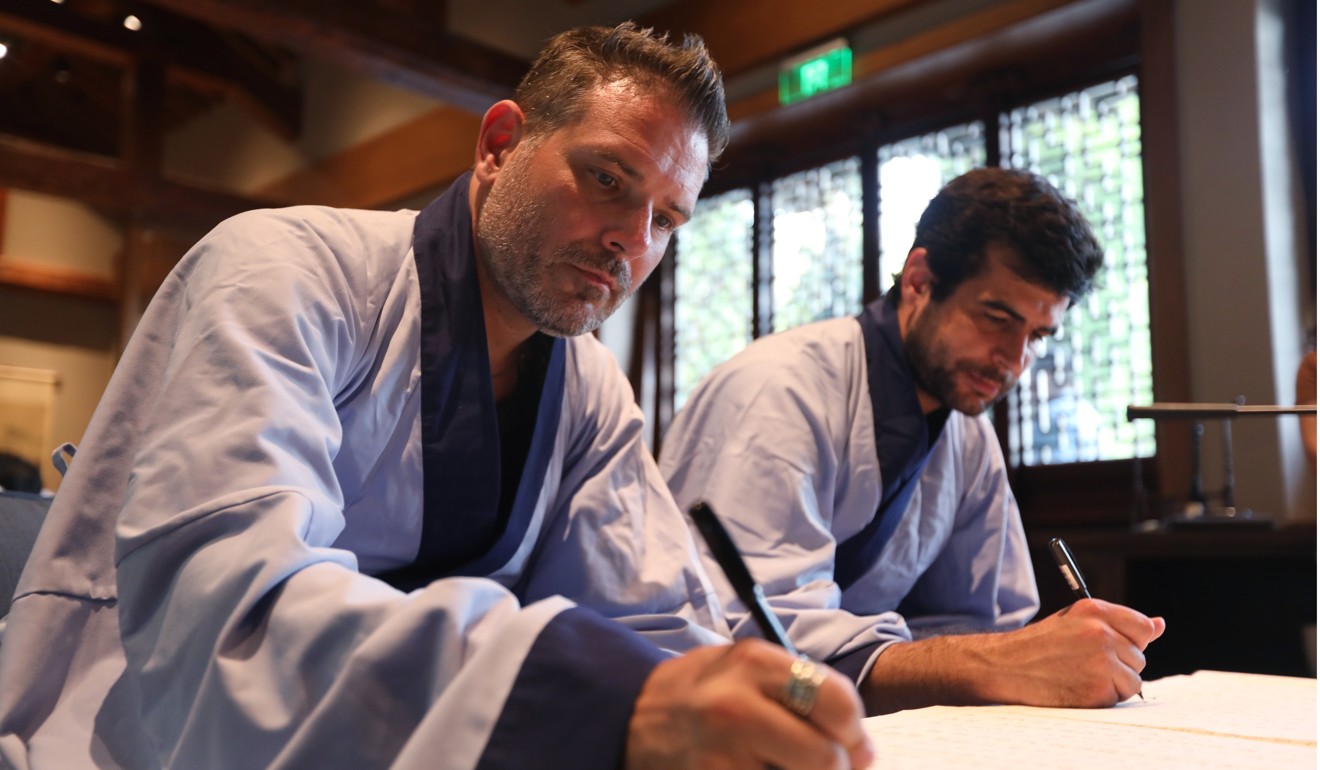
The Nishan Holy Land officially opened in September. One of its stand-out features is the world’s tallest statue of Confucius, which towers over Nishan Akademia. Made of brass and reinforced with steel, the 72-metre-tall figure provided a scholarly backdrop to Chinese Central Television’s annual Mid-Autumn Festival Gala on the day it was inaugurated.
Close by is the 60,000-square-metre Grand Learning Lobby, an imposing wooden structure replete with chandeliers, cavernous performance halls and 72 figurines of Chinese sages. A 14-day International Confucius Culture Festival opened there on September 26 to great fanfare.
As part of the next stage of the cultural district’s expansion, the Nishan Akademia will grow from 70 rooms to 150 rooms at the end of next year.
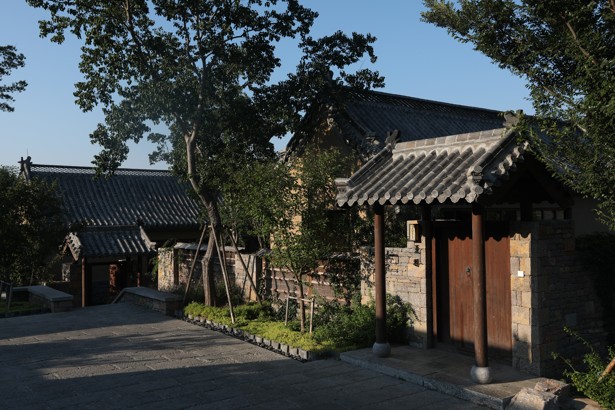
A spokeswoman for the Qufu city government says the Nishan Holy Land represents a new way of thinking about tourism development.
“Traditional tourism no longer suits the needs of the contemporary traveller,” she says. “Visitors are now demanding ever more cultural options. We are launching various other cultural experiences in phases.” Others in the pipeline include traditional Han dining rites and ancient Chinese dance performances.
A Confucius museum will open at the end of this year with more than 700,000 files and artefacts from the Confucius Family Mansion on display.

The tourism drive in Qufu got an unprecedented boost in 2013 after a call by President Xi Jinping to strengthen the study and promotion of Confucianism. During his visit to Qufu that year, Xi expressed his wish for China to embrace its traditional culture for the sake of the country’s development.
Although Shandong is relatively wealthy – with the third-largest provincial GDP in 2016 – it also has sizeable pockets of poverty due to unequal development between the cities, such as Qingdao, and its rural areas. According to news website xianzhaiwang.cn, at the end of 2015 there were 2.42 million people living in poverty in Shandong, which has a total population of close to 92 million. The poorest areas were the municipalities of Heze and Linyi, with 916,000 and 442,000 people, respectively, living below the poverty line.
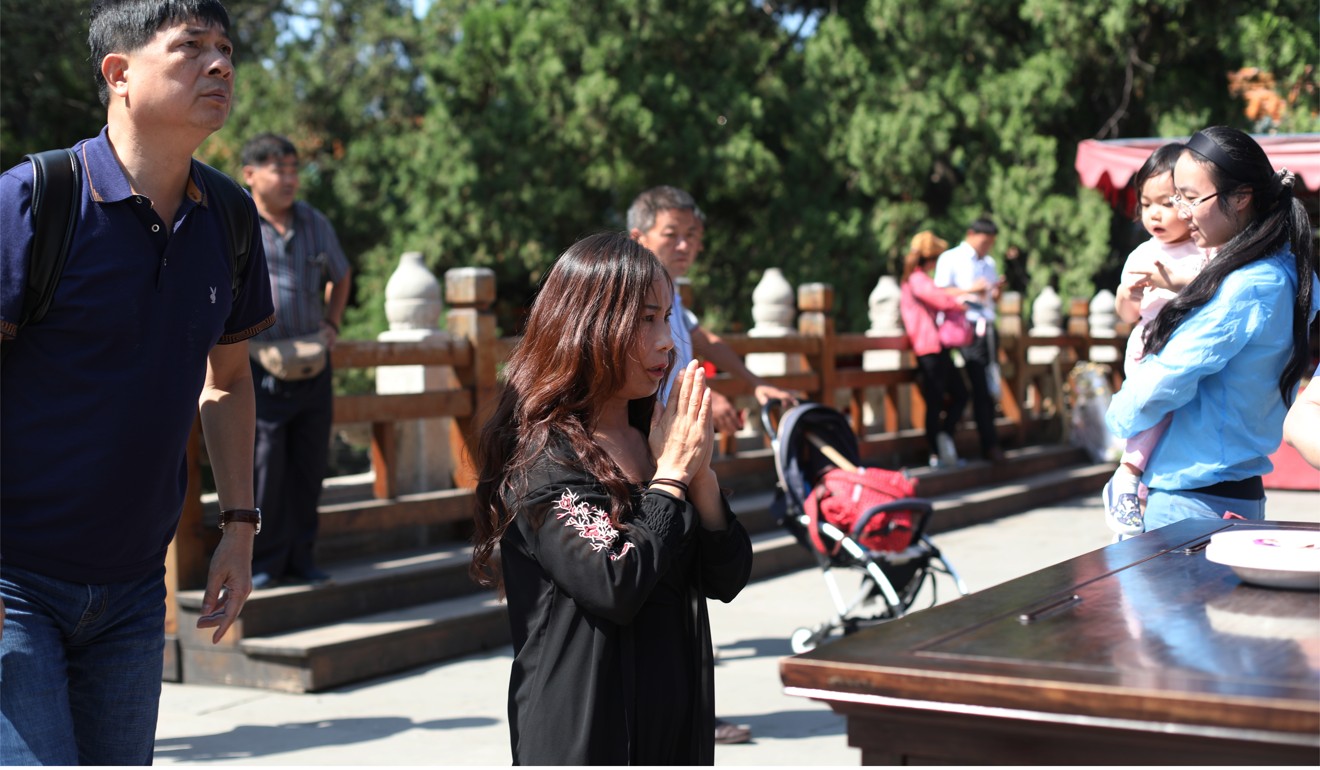
Fortunately the municipalities have Confucianism to turn their fortunes around. In 2017, Linyi built the province’s first “Confucius culture street”. The 600-metre-long stretch includes education corners where Confucian precepts of filial piety, diligence and frugality are preached. Stories of good deeds done by locals are broadcasted through loudspeakers to educate visitors on how to nurture Confucian morals.
Visitor attendance for Qufu’s study and exploration tourism is two times that of traditional tourism
Another backward municipality in the province, Jining, long ago leveraged Confucianism to develop a successful tourism industry.
Xu Qingzhen, deputy Communist Party secretary of Shiqiang Town, part of Jining’s Zoucheng city, says the philosopher Mencius (372-289BC), who was born in Zoucheng during the Warring States period, contributed a great deal to the development of Confucianism as a school of thought.
Mencius – also known as Mengzi – is said to have studied under a disciple of Zisi, the grandson of Confucius.
“What Confucius said was collated and disseminated far and wide by Mencius and his disciples,” Xu says. “Zoucheng is home to the Mencius Temple, family mansion and cemetery. We have been organising an annual Mencius culture festival every April for many years. One of the famous stories about Mencius concerns how his mother relocated three times to find the ideal place for him to study. We are building a tourist attraction based on this story.”

Mencius is credited with advocating benevolent government, which leads to social order and harmony – a universal value, Xu says. Zoucheng is therefore one of China’s accredited political and moral education centres.
With the establishment of Confucius Institutes around the world, people in the West are becoming more interested in Confucianism, Xu insists.
According to the Confucius Institute Headquarters, which aims to provide Chinese language and cultural teaching worldwide, there are 529 Confucius Institutes and more than 1,100 Confucius classrooms in primary and secondary schools in more than 140 countries and regions. An organisation called Hanban – the colloquial abbreviation for the Office of Chinese Language Council International – runs the institutes and oversees the hiring and training of teachers, and is in turn under China’s Ministry of Education.
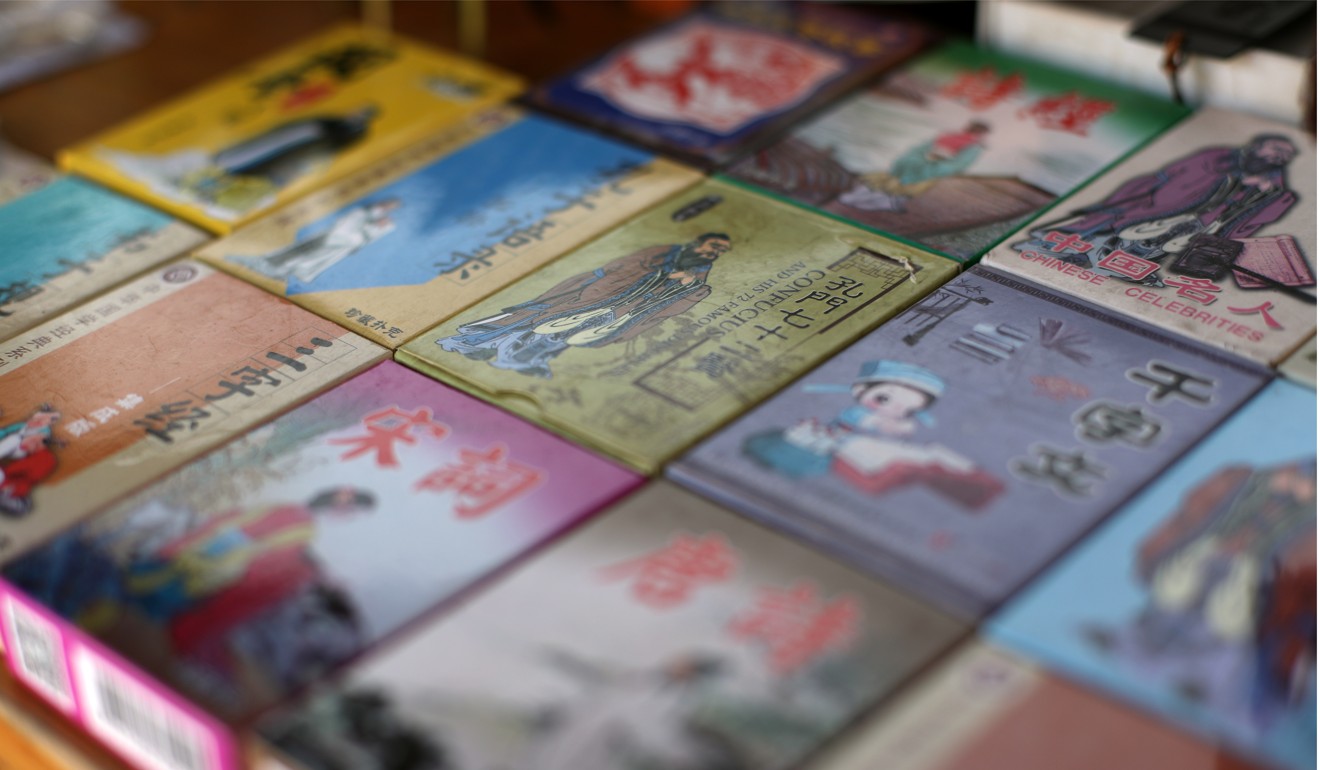
The first overseas Confucius Institute opened in the South Korean capital, Seoul, in 2004. Its strongest presence, however, is in the US, where it runs more than 100 centres.
Located on the campuses of host universities, the institutes offer cultural and language lessons that can earn students credits towards their degrees.
However, concerns have been raised about the possibility that the schools, which are funded by the Chinese Communist Party, espouse propaganda. A number of US tertiary institutions have cut ties with the institutes, including Pennsylvania State University and the University of Chicago. Canada’s McMaster University also closed the institute on its campus.
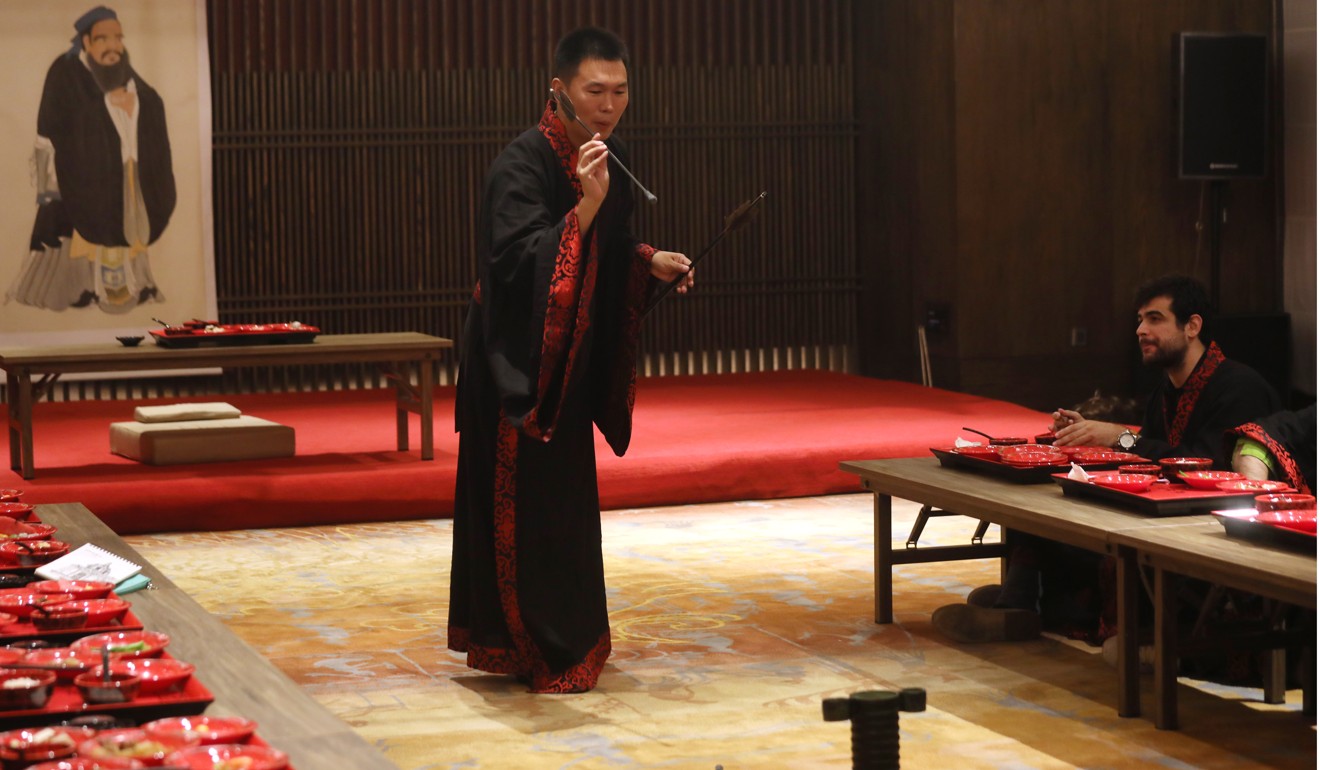
Back in China, Confucius – whose ideas were reviled in the early days of communist rule as old traditions and were swept away – is increasingly regaining his stature.
The Qufu spokeswoman says the city has developed more than 2,000 cultural tourism products related to Confucianism, including animated cartoons and comics.
“As the birthplace of Confucius, Nishan has become known worldwide. It has an annual capacity of 2.5 million tourists. Visitor attendance for Qufu’s study and exploration tourism is two times that of traditional tourism,” she says.
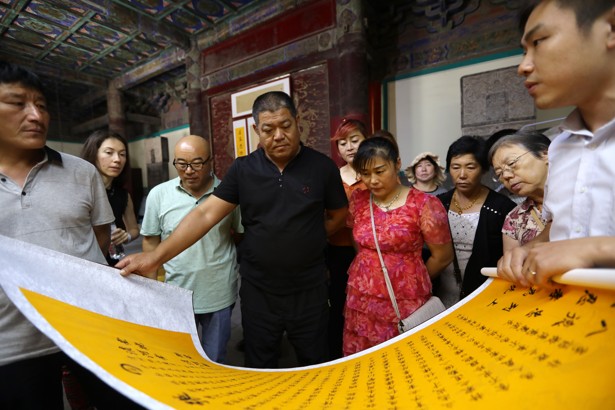
Such upscale attractions as the Nishan Akademia and the Grand Learning Lobby are a radical departure from Qufu’s traditional rustic tourist spots, such as the Confucian Mansion, Confucian Temple and the Cemetery of Confucius. These features are all at the core of a cluster of buildings that were listed as a Unesco World Heritage Centre in 1994.
US lawmakers aim to force Confucius Institutes to register as foreign agents
Accommodation options at Nishan Akademia include 47 stand-alone houses, with the most expensive having eight rooms and costing more than 10,000 yuan (US$1,440) a night.
General manager Xiao says even Confucius supported moneymaking ventures.
“One of his sayings is: a man of noble character is keen on wealth and he makes it by ethical means,” Xiao says. “Only charitable organisations operate a company without a mind to make profit.”

